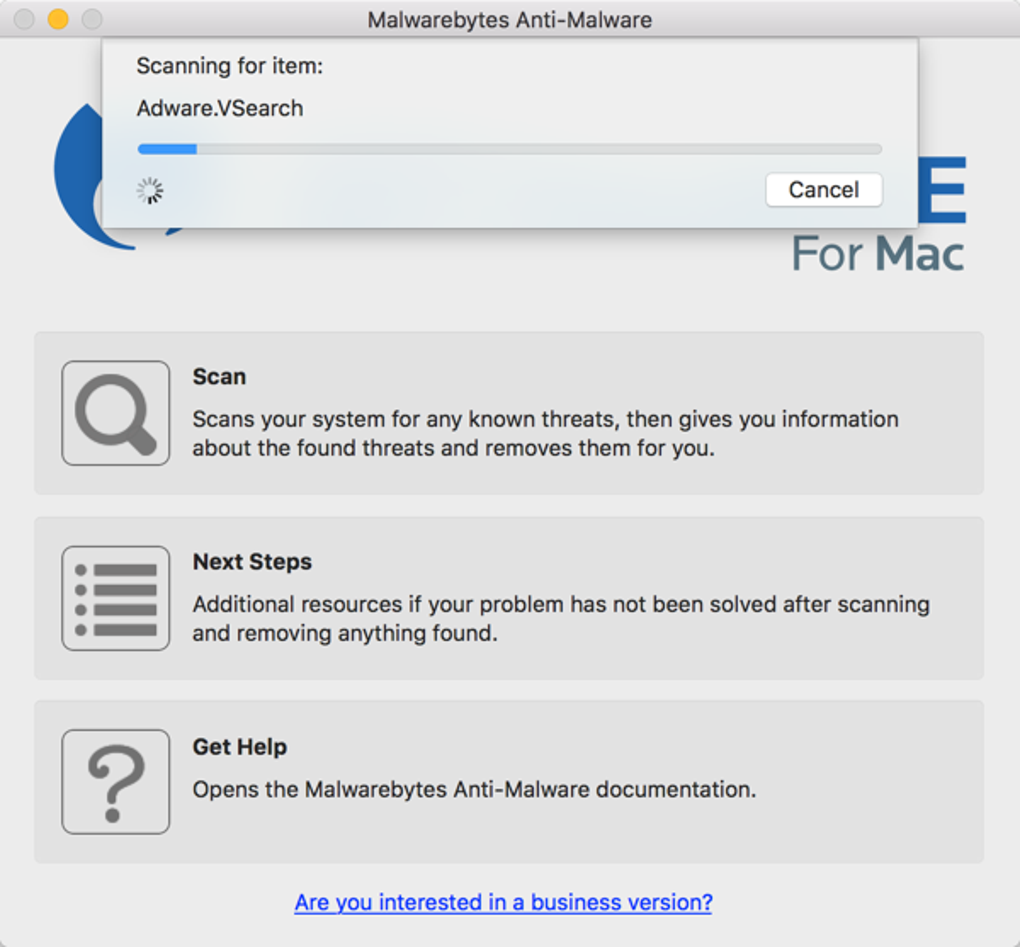
It is available in a free version, which scans for and removes malware when started manually, and a paid version, which additionally provides scheduled scans, real-time protection and a flash-memory scanner. Made by Malwarebytes Corporation, it was first released in January 2006. Malwarebytes (formerly Malwarebytes Anti-Malware, abbreviated as MBAM) is an anti-malware software for Microsoft Windows, macOS, ChromeOS, Android, and iOS that finds and removes malware. You should consider running some kind of malware software on your Mac, and scan it periodically with an application like Malwarebytes to make sure you’re not infected.Bulgarian, Catalan, Chinese (Traditional), Czech, Danish, Dutch, English, Estonian, Finnish, French, German, Greek, Hebrew, Hungarian, Indonesian, Italian, Japanese, Korean, Norwegian, Polish, Portuguese (Brazil), Portuguese (Portugal), Romanian, Russian, Slovak, Slovene, Spanish, Swedish, Turkish and Vietnamese It also makes it easy to detect and easy to remove.”Īpple itself is aware of the malware, calling it “Fruitfly,” and has since released an update to protect against future infections. The moral of the story, of course, is that although you might think your Mac is less of a target than Windows 10, you’ll want to make sure to keep an eye on things because malware does exist for MacOS. This makes it easy to spot, given any reason to look at the infected machine closely (such as unusual network traffic). As the company summarizes, “Ironically, despite the age and sophistication of this malware, it uses the same old unsophisticated technique for persistence that so many other pieces of Mac malware do: a hidden file and a launch agent. Malwarebytes’ own software will do the job, detecting it as. Regardless of whether the malware is really that old or just appears to be, it’s relatively easy to discover and eradicate. But it’s not been untouched since its creation, with code referencing OS X 10.10 Yosemite. Some of the code made calls to functions that haven’t existed since before OS X, marking the code as evidence that Macs have indeed suffered from malware since the earliest days. The code is simple but ingenious, made of only two files but capable of communicating with a remote command and control server, and of taking screenshots and sending them along.


It’s time for Apple to finally kill the Mac Pro for good Is macOS more secure than Windows? This malware report has the answer This macOS concept fixes both the Touch Bar and Dynamic Island


 0 kommentar(er)
0 kommentar(er)
